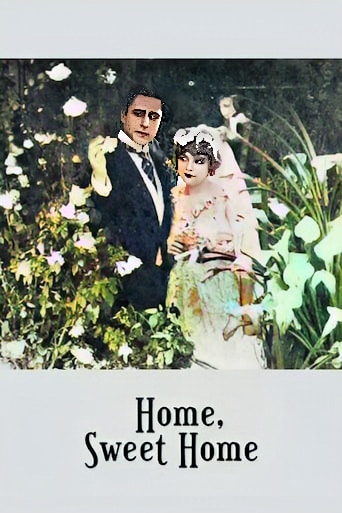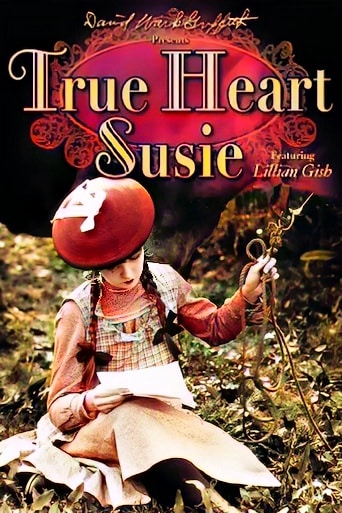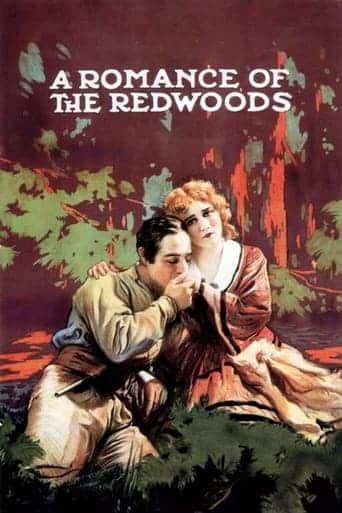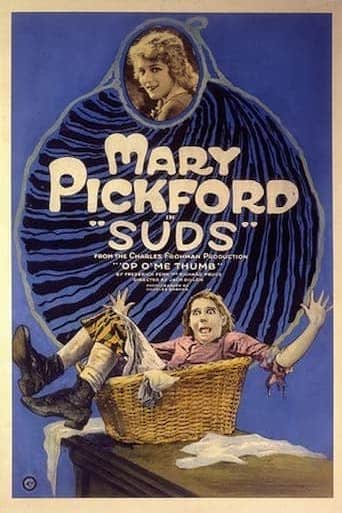Home, Sweet Home (1914)

 “Home, Sweet Home” (1914), directed by D.W. Griffith and starring Henry B. Walthall, Josephine Crowell, Lillian Gish, and Dorothy Gish, is a silent film that weaves a poignant narrative around the creation of a timeless song.
“Home, Sweet Home” (1914), directed by D.W. Griffith and starring Henry B. Walthall, Josephine Crowell, Lillian Gish, and Dorothy Gish, is a silent film that weaves a poignant narrative around the creation of a timeless song.
Drawing inspiration from the life of John Howard Payne, the film explores themes of resilience, creativity, and the enduring power of music to uplift the human spirit.
At the heart of the film is Henry B. Walthall’s portrayal of John Howard Payne, a struggling actor facing the depths of despair. Payne’s journey unfolds against a backdrop of adversity, financial hardship, and the challenges of a life in the performing arts. Walthall’s expressive performance captures the emotional depth of Payne’s character, allowing the audience to empathize with his struggles.
The narrative pivots around Payne’s creation of the song “Home, Sweet Home” during one of the lowest points in his life. Faced with adversity and yearning for solace, Payne channels his emotions into the composition of a song that becomes a timeless ode to the concept of home. The film skillfully intertwines Payne’s personal struggles with the universal theme of finding comfort and belonging.
Lillian Gish and Dorothy Gish, renowned actresses of the silent era, contribute to the film’s emotional resonance. Lillian Gish plays the role of Anne, Payne’s supportive wife, while Dorothy Gish appears in a supporting role. The inclusion of these talented actresses adds depth to the film, enriching the portrayal of relationships and the impact of Payne’s journey on those around him.
Directed by D.W. Griffith, a pioneering figure in early cinema, “Home, Sweet Home” showcases Griffith’s ability to blend storytelling with emotional depth. Griffith’s directorial vision is evident in the film’s visual storytelling, emphasizing facial expressions, body language, and evocative scenes to convey the characters’ emotions. The film exemplifies Griffith’s skill in eliciting empathy from the audience.
The creation of the song “Home, Sweet Home” is a pivotal moment in the film. Payne, in the midst of his struggles, turns to his creative instincts to express his longing for home. The scene becomes a powerful testament to the transformative nature of art, as Payne’s composition becomes a source of solace not only for himself but for countless others who find resonance in the universal theme of home.
The film’s exploration of the creative process and the redemptive power of art is particularly poignant. Payne’s ability to turn his personal pain into a work of art underscores the cathartic nature of creativity. The song becomes a vessel for emotional expression and a source of inspiration for those who encounter it, highlighting the profound impact of art on the human experience.
“Home, Sweet Home” also serves as a historical snapshot of the entertainment industry in the early 20th century. The film depicts the challenges faced by artists in an era when the performing arts were still evolving. Payne’s journey reflects the harsh realities of the theatrical profession during a time when financial stability was elusive for many.
The film’s enduring legacy lies in its connection to the real-life John Howard Payne, the American actor, poet, and playwright. Payne’s struggles and the creation of “Home, Sweet Home” are rooted in historical reality, adding a layer of authenticity to the film’s narrative. The song itself has endured through the centuries, becoming a cultural touchstone that continues to evoke sentiments of nostalgia and longing.
As the narrative unfolds, Payne’s life takes unexpected turns, and the film navigates the complexities of his personal and professional journey. The emotional highs and lows of Payne’s experiences are masterfully conveyed through the film’s narrative arc, showcasing the resilience of the human spirit and the transformative power of creative expression.
In conclusion, “Home, Sweet Home” (1914) stands as a classic film that explores the intersection of personal struggles, creativity, and the enduring impact of art. Henry B. Walthall’s compelling portrayal of John Howard Payne, coupled with D.W. Griffith’s directorial finesse, creates a cinematic experience that resonates with audiences on both an emotional and historical level. The film’s exploration of the creation of the iconic song “Home, Sweet Home” serves as a timeless reminder of the capacity of art to provide solace and inspiration in the face of life’s challenges.
Release Date: May 14th, 1914
Main Cast Members
Henry B. Walthall (John Howard Payne)
Josephine Crowell (Payne’s Mother)
Lillian Gish (Payne’s Sweetheart)
Dorothy Gish (Sister of Payne’s Sweetheart)
Mae Marsh (Apple Pie Mary Smith)
Robert Harron (The Eastener, Robert Winthrop)
Jack Pickford (The Mother’s Son)
Spottiswoode Aitken (James Smith – Mary’s Father)




